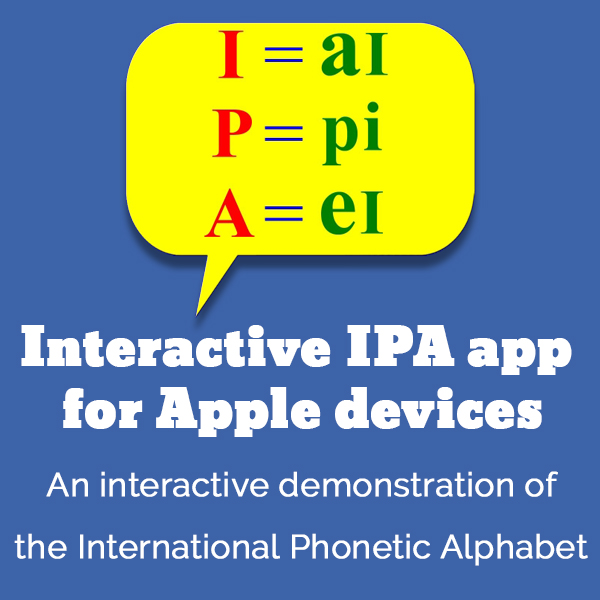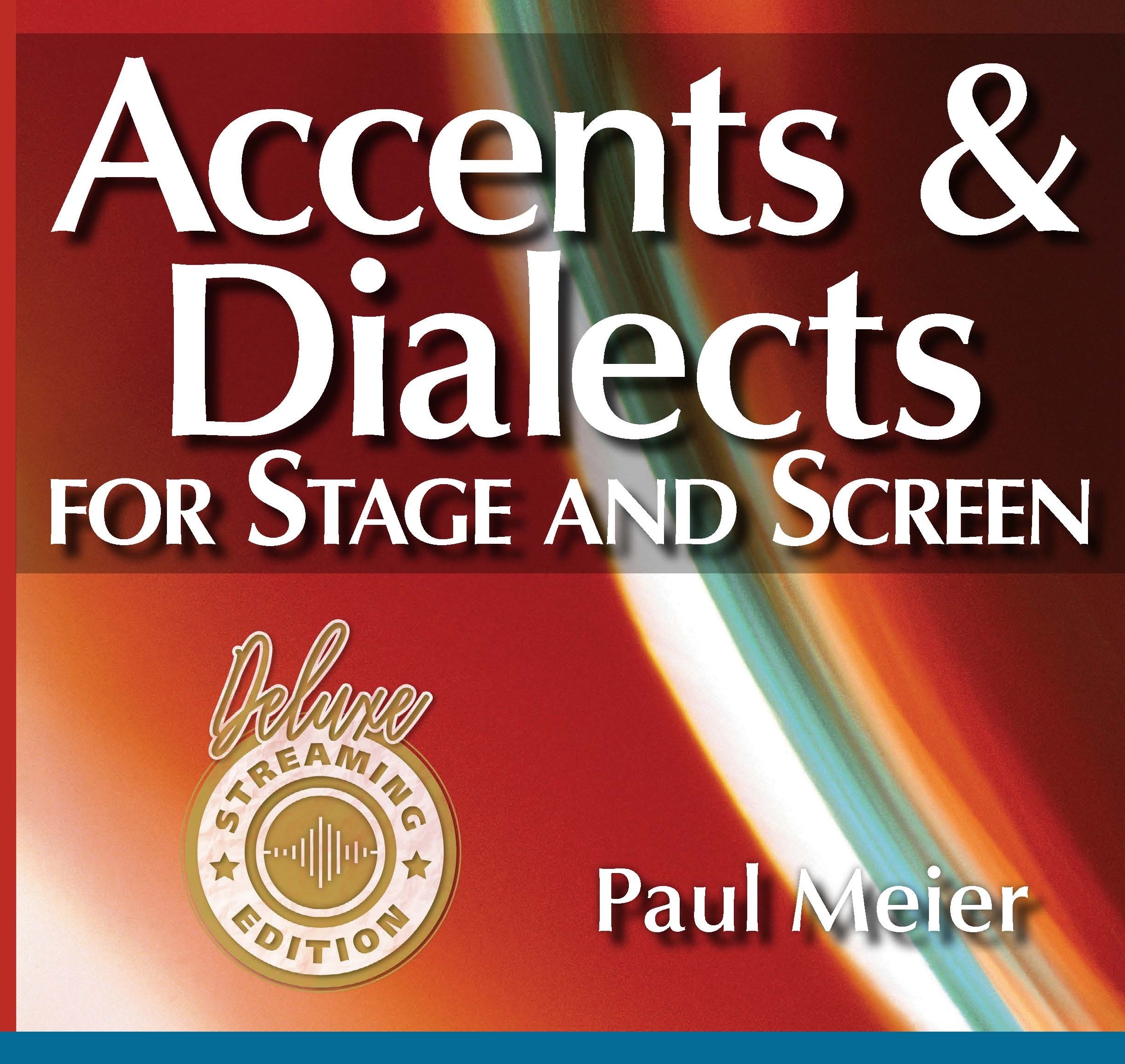Australia 26
Listen to Australia 26, a 22-year-old man from Brisbane, Queensland, Australia. Click or tap the triangle-shaped play button to hear the subject.
Both as a courtesy and to comply with copyright law, please remember to credit IDEA for direct or indirect use of samples. IDEA is a free resource; please consider supporting us.
BIOGRAPHICAL INFORMATION
AGE: 22
DATE OF BIRTH (DD/MM/YYYY): 01/06/1991
PLACE OF BIRTH: Brisbane, Australia
GENDER: male
ETHNICITY: Caucasian
OCCUPATION: student
EDUCATION: B.A.
AREAS OF RESIDENCE OUTSIDE REPRESENTATIVE REGION FOR LONGER THAN SIX MONTHS:
The subject was born and raised in Brisbane, Australia. He had been living in California, in the United States, for seven months as a foreign-exchange student at the time of this interview.
OTHER INFLUENCES ON SPEECH: N/A
The text used in our recordings of scripted speech can be found by clicking here.
RECORDED BY: Jennifer Tate (under supervision of David Nevell)
DATE OF RECORDING (DD/MM/YYYY): 24/02/2012
PHONETIC TRANSCRIPTION OF SCRIPTED SPEECH: N/A
TRANSCRIBED BY: N/A
DATE OF TRANSCRIPTION (DD/MM/YYYY): N/A
ORTHOGRAPHIC TRANSCRIPTION OF UNSCRIPTED SPEECH:
I was born in Brisbane, Australia. Um, it is a big city of about two million people. Um, it’s the capital of Queensland. Uh, it’s about 600 miles north of Sydney. So I came to U.S., um, seven months ago to study on exchange for two semesters. Um, so, I’m studying, uh, criminal justice and human services. I’m in my senior year. Um, so I came to study in the United States because they speak English, you speak English here. Um, and, so that was a big requirement just so I could understand the language. Um, they also, criminal justice is pretty similar between the U.S. and Australia so, um, I was hoping to get credit for my subjects for my degree back at home. And then our school has, our university back home has, um, partnerships with a whole bunch of Cal States. Culture shock between when I first came here was quite minimal. Uh, the U.S. and Australia in most parts are very similar. Um, like, you speak English and we’re both pretty modern, technologically advanced places. So, everything looked kind of the same; like a big difference was people driving on the other side of the road. Americans eat a lot more fast food than Australians do, so that was something to get used to, like getting used to eating out a lot more. Americans use, um, different vocabulary in some ways. Like it’s quite similar in most part, but you get words like “sidewalk,” and we would say “footpath.” You say “parking lot.” Um, even words like, if you, if you like something a lot you say I like that “heaps,” or, um, but you guys don’t use that word here. We even pronounce words differently. Well, we say “aluminium,” and you guys say “aluminum.” Uh, so that, that, that’s odd. And word, other words like “advertisement” and “advertisement” we just pronounce differently. So there’s like a few subtle things like that which, um, make it interesting when you’re talking to people. Another thing is like “g’day,” uh, “how you going,” or “she’ll be right,” which means like it’ll be OK. Um, which like common phrases in which you don’t have over here.
TRANSCRIBED BY: Jennifer Tate (under supervision of David Nevell)
DATE OF TRANSCRIPTION (DD/MM/YYYY): 24/02/2012
PHONETIC TRANSCRIPTION OF UNSCRIPTED SPEECH: N/A
TRANSCRIBED BY: N/A
DATE OF TRANSCRIPTION (DD/MM/YYYY): N/A
SCHOLARLY COMMENTARY: N/A
COMMENTARY BY: N/A
DATE OF COMMENTARY (DD/MM/YYYY): N/A
The archive provides:
- Recordings of accent/dialect speakers from the region you select.
- Text of the speakers’ biographical details.
- Scholarly commentary and analysis in some cases.
- In most cases, an orthographic transcription of the speakers’ unscripted speech. In a small number of cases, you will also find a narrow phonetic transcription of the sample (see Phonetic Transcriptions for a complete list). The recordings average four minutes in length and feature both the reading of one of two standard passages, and some unscripted speech. The two passages are Comma Gets a Cure (currently our standard passage) and The Rainbow Passage (used in our earliest recordings).
For instructional materials or coaching in the accents and dialects represented here, please go to Other Dialect Services.
 IDEA: International Dialects of English Archive
IDEA: International Dialects of English Archive


